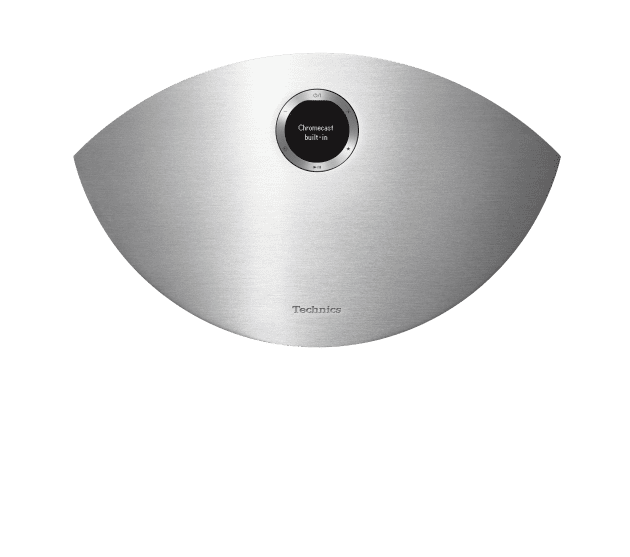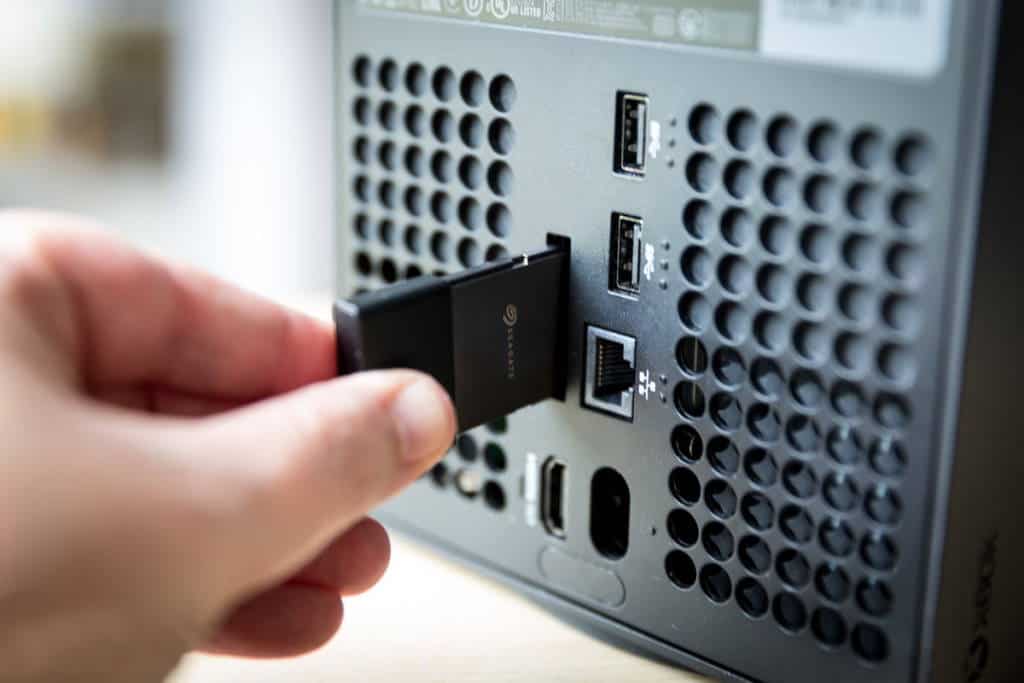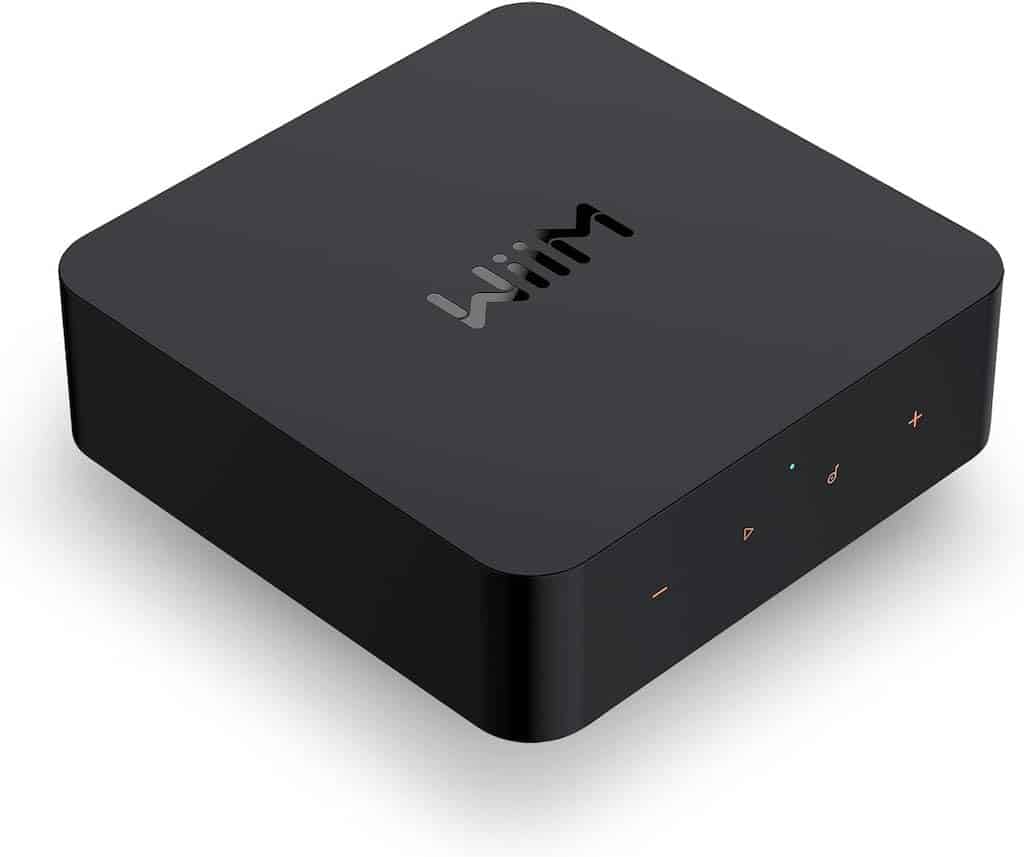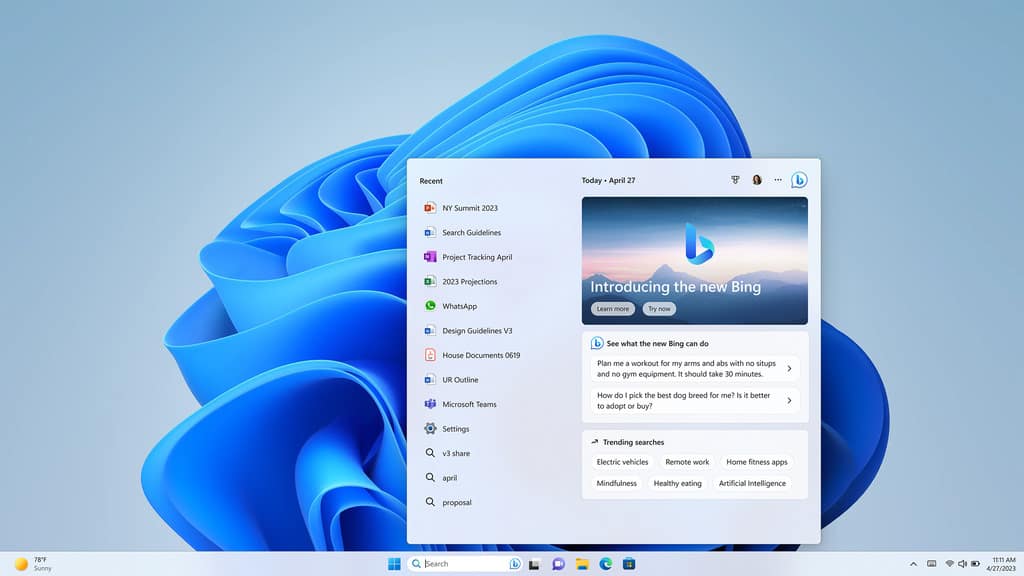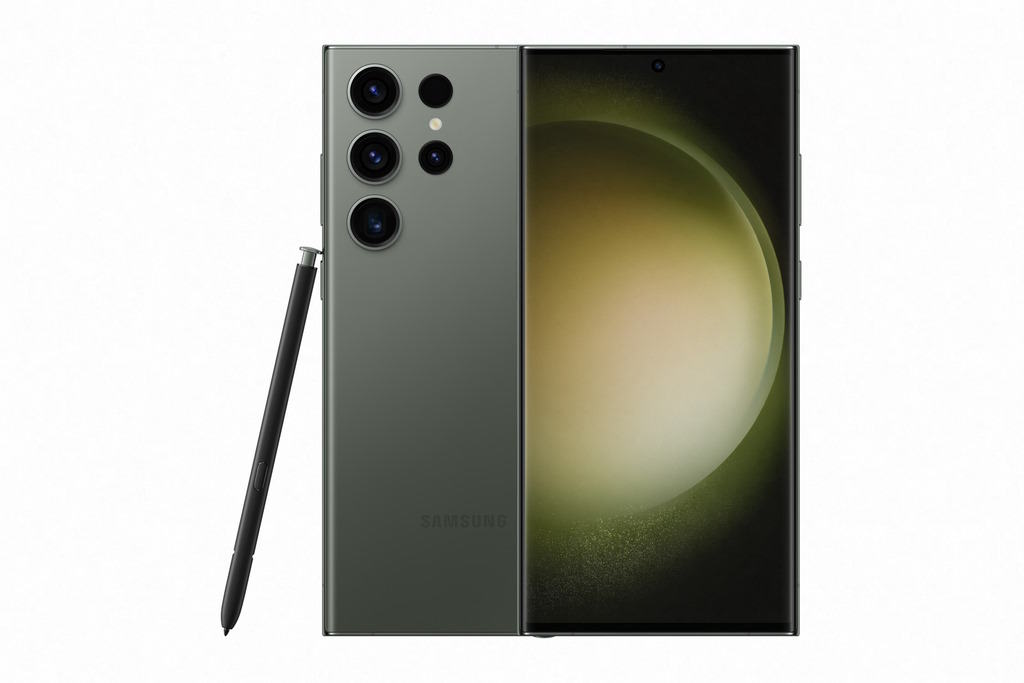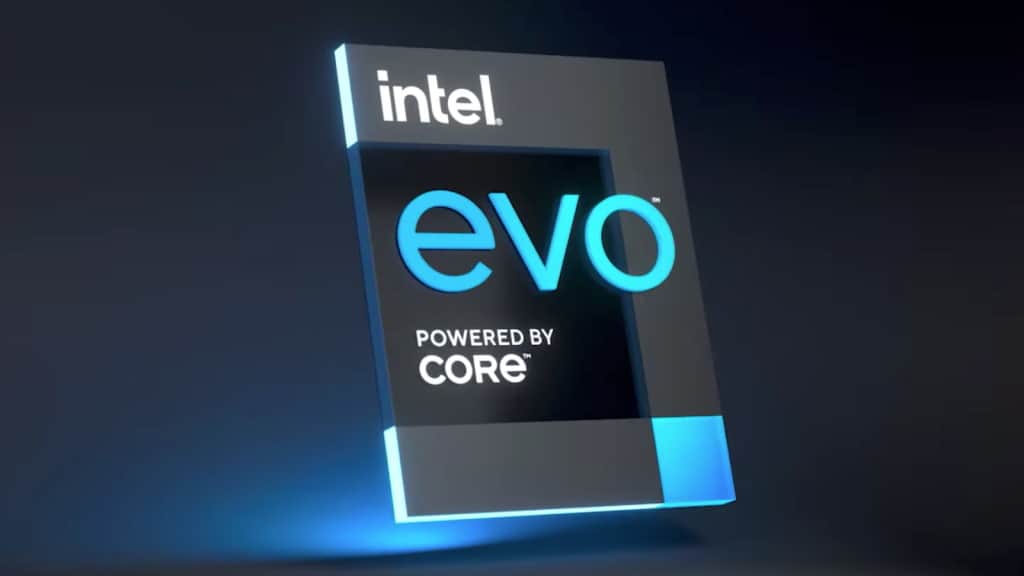You got the dream hi-fi, but your hearing is poked. Will a hearing aid help or hinder your audiophile pursuits? PAT PILCHER reports.

It’s one of the ironies of the whole hi-fi appreciation. When your hearing is at its peak, you’re least able to afford the good gear. And when we finally have the spare cash to spend on a decent amp, speakers and playback gear, we’re beginning to notice the effects of age-related hearing loss.
Witchdoctor caught up with Corey Ackerman, National Sales Manager with Oticon More – which in 1904 developed the world’s first electronic hearing aid – to see if they had the answer.

Pat Pilcher – A lot of people lose only chunks of the audio spectrum. Can hearing aids be tuned to specific parts of the audio spectrum to compensate?
Corey Ackerman – Absolutely. In fact, that’s part of the fitting process. When someone suspects they have hearing loss they can see an audiologist who can test their hearing. Based on the results of that test the hearing aids can be connected to a computer and programmed to meet an individual’s specific needs. This would include providing amplification at specific frequencies for an individual’s unique hearing profile.
Pat – So, getting a hearing aid is a lot like getting a lens prescription for glasses?
Corey – I don’t wear prescription glasses myself but, yes – there would be similarities. Our fitting software will generate a prescription based on the hearing loss and the hearing aids will be set up to match that prescription.
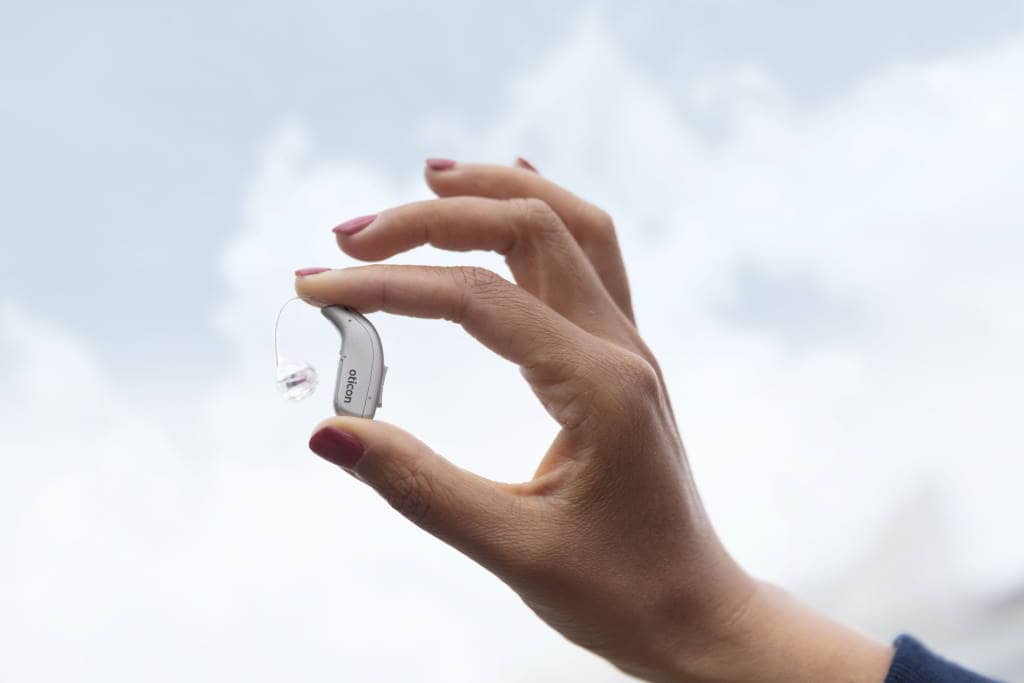
Pat – Are hearing aids able to assist with listening to music?
Corey – Hearing aids can help someone with hearing loss hear the music better. The Oticon More 1 hearing aid has some specific features that will support this – including the ability to handle a high dynamic range and a wide bandwidth out to 10 kHz, which preserves contrast and sound quality. The hearing aids can also be set up with a specific program for listening to music – normally hearing aids are set up to focus on speech more than anything else and so setting up a specific program that’s for listening to music will allow us to get the most out of the hearing aids and provide a high-quality sound experience.
Pat – I’d read that The Oticon hearing aids are able to discriminate audio in a noisy environment so you can have a conversation, which is often an issue with the hearing impaired. How does this sonic sorcery work??
Corey – The technology in our latest hearing aid has been trained to distinguish between more meaningful and less meaningful sounds. The hearing aids analyse the environment 500 times per second and then work to balance the sounds to the point where someone will have an awareness of all of the different sounds around them and at the same time be able to focus on the sound that’s most important to them.
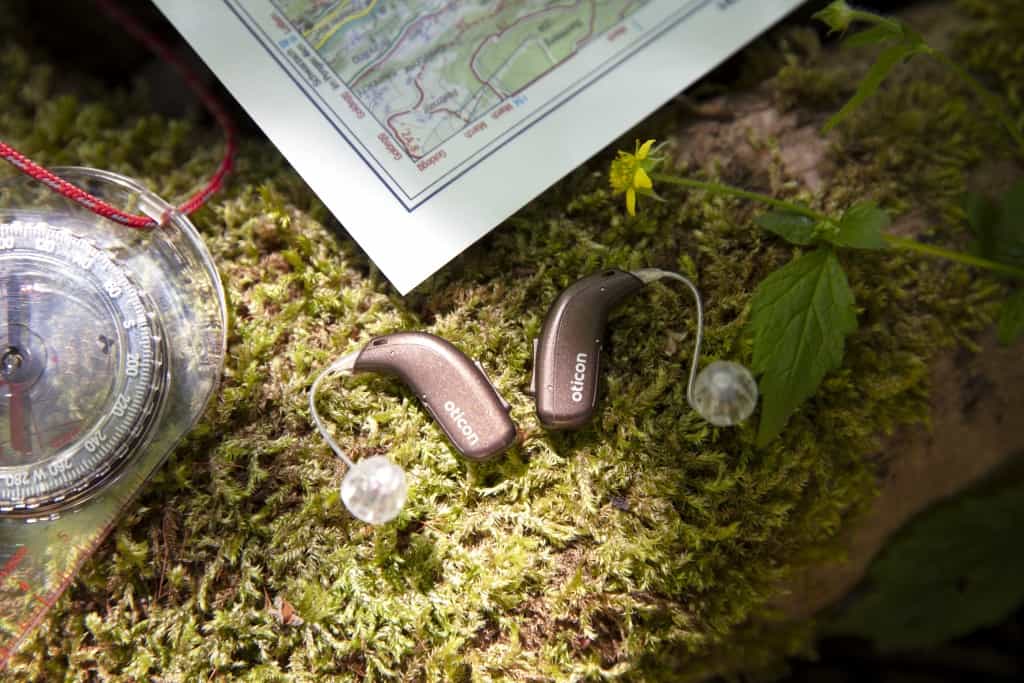
Pat – What are some of the technologies that have transformed hearing aids?
Corey – In the past hearing aids relied on algorithms developed in the lab to determine what was spoken and what was noise. With Oticon More, we actually went out into the real world and took recordings of real-life sound scenes. We then used these recordings to train a Deep Neural Network (DNN) – Oticon More is the first hearing aid to have a deep neural network embedded on its chip. This allows us to more precisely balance the sound scene and create a greater separation between more and less meaningful sounds.
Pat – The processing power in hearing aids nowadays must be pretty serious too?
Corey – Yes, sound processing has come a long way, particularly in the past decade. Our latest hearing aid utilises a new, purpose-built platform featuring a Deep Neural Network. Compared to our previous platform it has 16 times the capacity, two times the computation power and double the precision.
Pat – I gather hearing aids can connect to a smartphone or other Bluetooth devices such as smart TVs? what sort of functionality does that confer to the wearer?
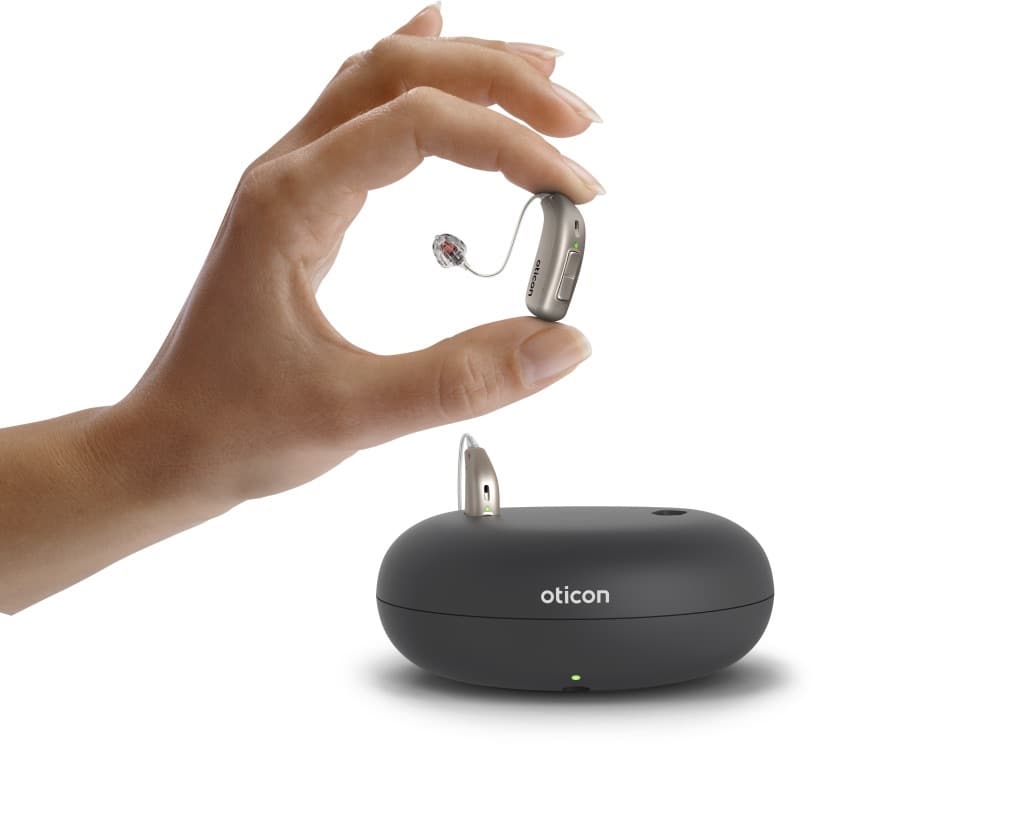
Corey – The Oticon More hearing aids can be connected to both compatible iPhone and Android phones and they have the ability to stream phone calls and music directly from the phone to the hearing aids. Direct streaming from compatible Android phones is possible using the ASHA protocol. There are also apps that allow the wearer to make adjustments to their hearing aids or have their hearing aids programmed remotely by their audiologist.
There’s a range of accessories available separately, including one that will allow the hearing aids to be connected to a television. With this accessory, the wearer can stream audio directly into their hearing aids. There is even an equaliser available on the app that will allow them to adjust the sound quality of this streamed sound.







